A Cultural Journey in Architecture
Nestled within a village in the picturesque hilly region of western Zhejiang Province, China, Pavilion ∞ stands as a testament to architectural innovation rooted in tradition. Designed by Atelier Lai, this pavilion embodies a harmonious blend of modern design principles and cultural heritage, redefining the relationship between architecture and nature.
The Essence of Wood
Central to Pavilion ∞’s design is its use of wood, a material deeply ingrained in Chinese architectural tradition. Embracing the concept of “small material big carpentry,” Pavilion ∞ celebrates the craftsmanship and cultural significance of wooden construction. By breaking down large structural elements into smaller components, the pavilion pays homage to the rich heritage of traditional Chinese woodworking techniques.
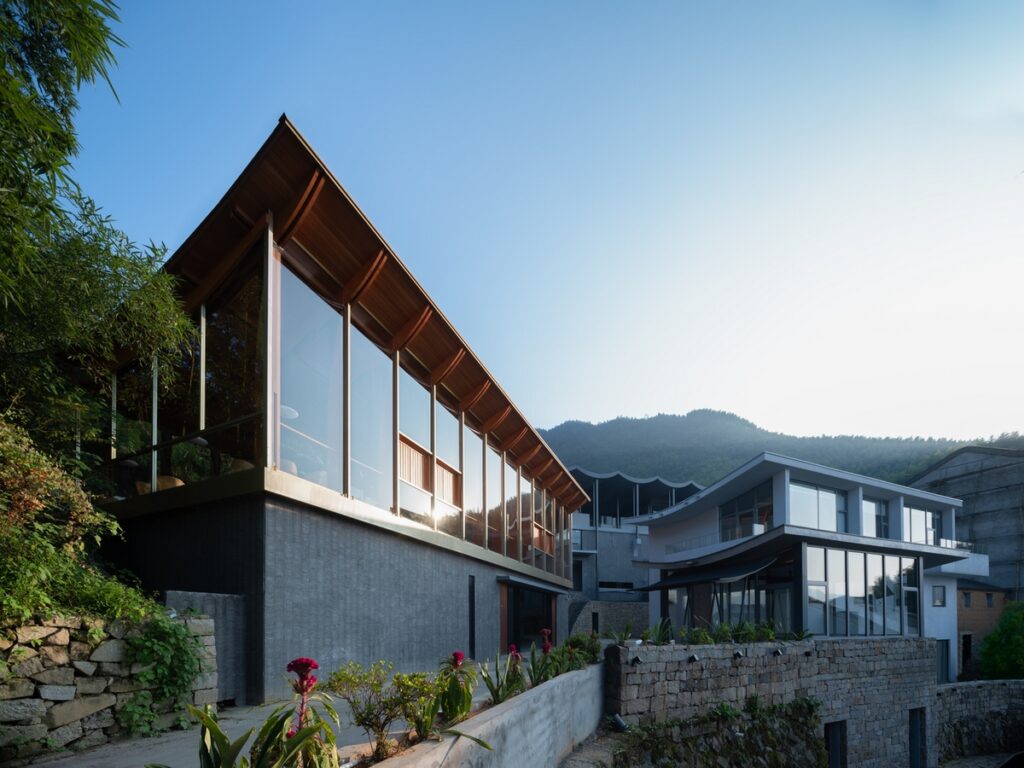
A Cultural Revival
In a departure from modern construction norms that prioritize efficiency, Pavilion ∞ embraces a revival of traditional wood structures. Rather than relying on large, factory-produced materials, the pavilion’s design reintroduces the intricacies of “big material small carpentry,” showcasing the cultural richness inherent in traditional Chinese architecture.
The Art of Reversal
Drawing inspiration from traditional Chinese timber arch bridges, Pavilion ∞ ingeniously reverses the architectural form, transforming arches into ropes. This reversal not only pays homage to tradition but also creates a visually striking space that defies convention. By borrowing from the past while embracing modern innovation, Pavilion ∞ embodies a harmonious fusion of tradition and modernity.
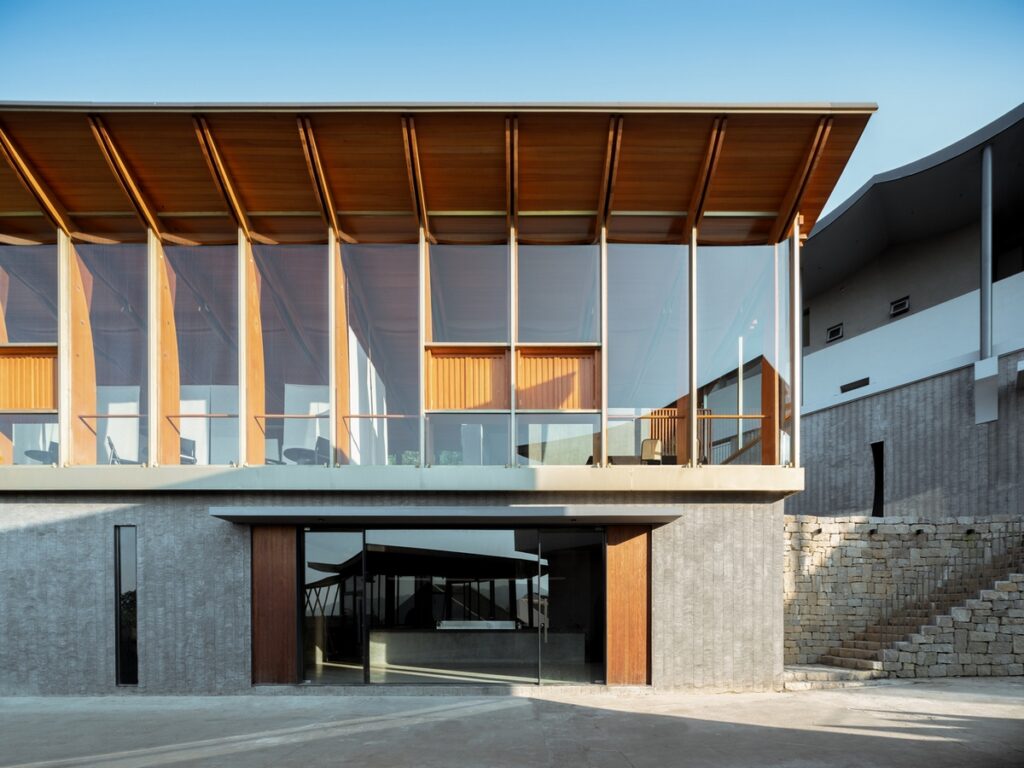
Poetry in Design
Pavilion ∞’s design is imbued with poetic symbolism, evoking images of overlapping moons and flowing water waves. Through its curved shapes and organic forms, the pavilion invites visitors on a journey of cultural exploration and artistic expression. Each element, from beams to columns, tells a story of tradition and beauty, creating a space that transcends the ordinary.
Embracing Nature
Beyond its architectural significance, Pavilion ∞ serves as a sanctuary for connection with nature. With its transparent design and strategic positioning within the landscape, the pavilion offers breathtaking views of the surrounding mountains while providing a serene retreat from the chaos of modern life.
In essence, Pavilion ∞ by Atelier Lai is more than just a building; it is a testament to the enduring power of tradition, innovation, and cultural identity in architecture. Through its thoughtful design and meticulous craftsmanship, Pavilion ∞ invites visitors to embark on a journey of discovery, where the past meets the future in a celebration of cultural heritage.


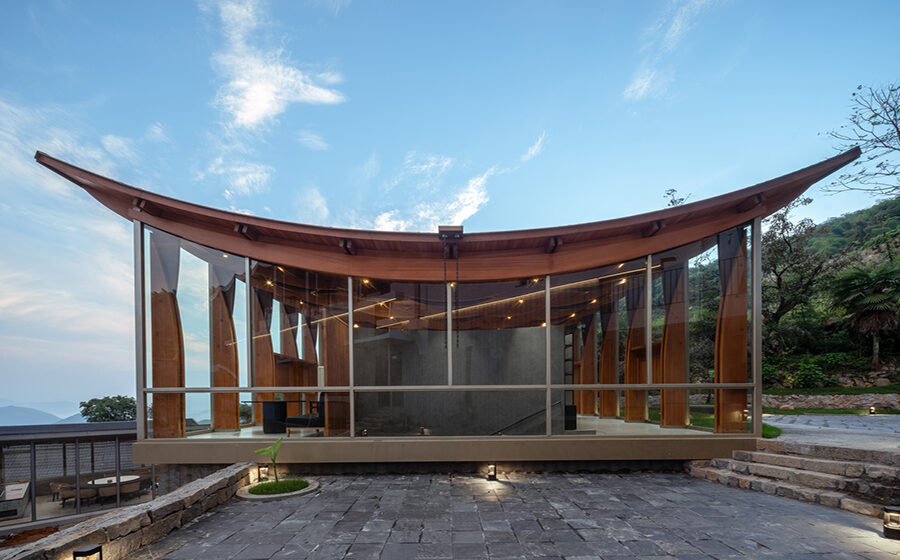

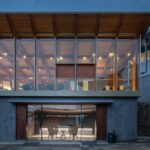
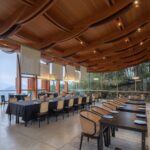
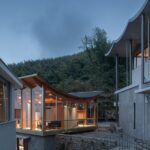

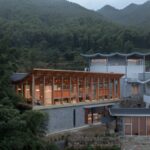
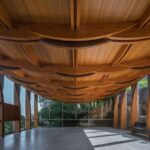

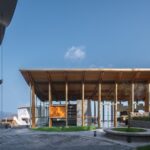
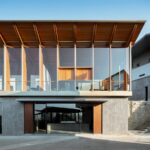
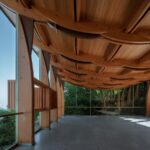
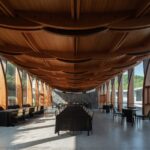


Leave a Reply